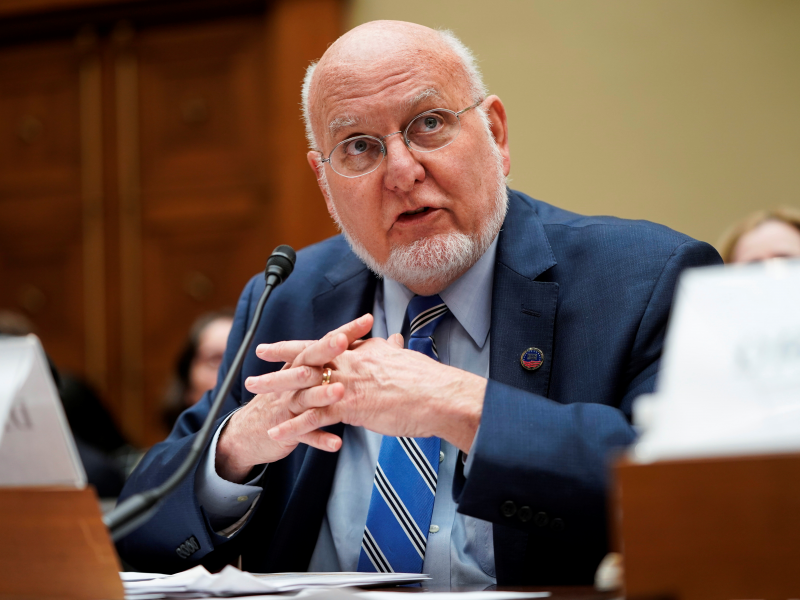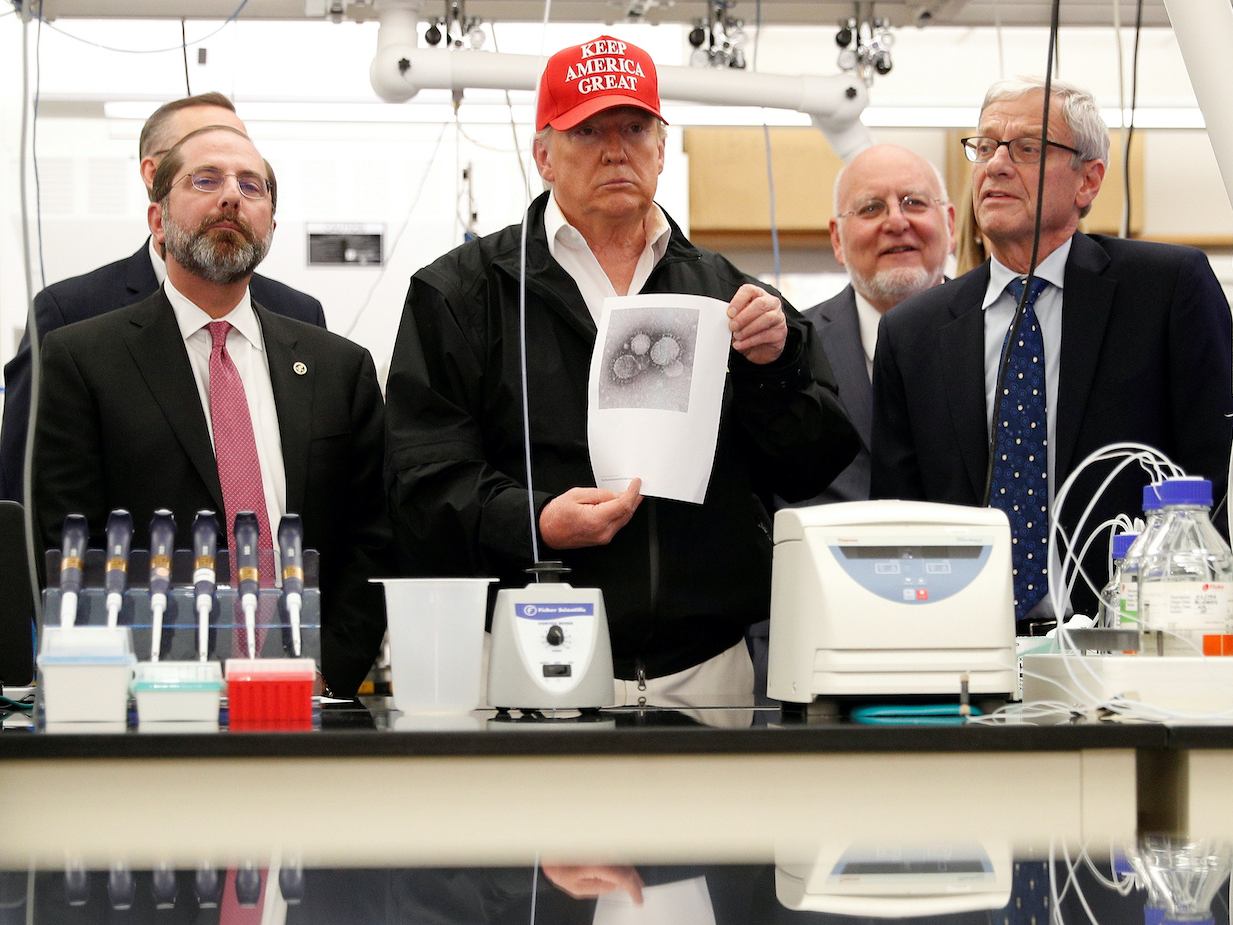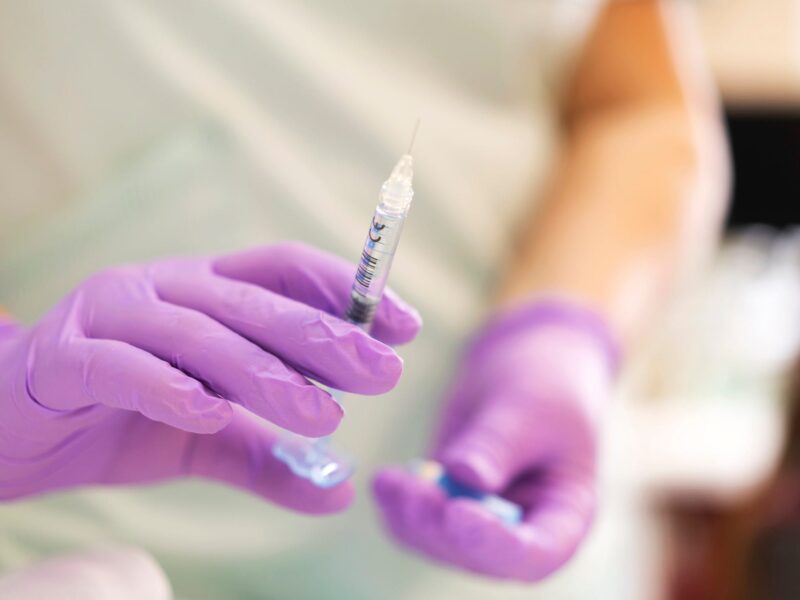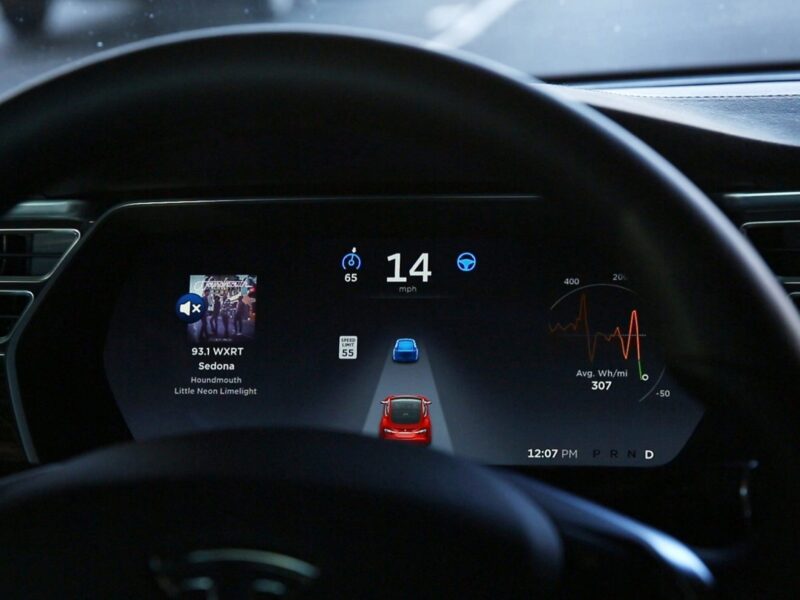- The CDC botched its early development of coronavirus test kits, according to a government email obtained by The Wall Street Journal.
- Those tests could not differentiate between the novel coronavirus and lab-grade water.
- The delay in coronavirus testing has forced federal, state, and local governments to accelerate their response and contain the virus without up-to-date data of how far it’s spread.
- Visit Business Insider’s homepage for more stories.
As government authorities faced a looming coronavirus epidemic in February that has now turned into a full-blown crisis, the Centers for Disease Control and Prevention botched its development of testing kits, according to government emails seen by the Wall Street Journal.
In particular, some of the CDC’s tests wrongly detected the new coronavirus in laboratory-grade water. The email, sent from a CDC official to state public-health-lab officials, said some labs found “sporadic reactivity in the negative control of one of the three assay components.”
But the CDC had already sent those kits to state public-health laboratories and had to retrieve them.
“It is unclear why quality control did not detect this issue before the kits were sent out to states,” the email noted.

As of Monday, the CDC did not have an explanation for the batch of faulty tests. The organization "has not yet determined if the problem involves the assay design or contamination," a CDC spokesperson told the Wall Street Journal. "It could have been either."
The United States is quickly approaching 15,000 cases of COVID-19, the disease caused by the novel coronavirus.
The CDC and the White House have failed to adequately respond to the health crisis, according to experts.
"They've simply lost time they can't make up. You can't get back six weeks of blindness," Jeremy Konyndyk, a senior fellow at the Center for Global Development who presided over the international response to Ebola during the Obama administration, told the Washington Post.
"To the extent that there's someone to blame here, the blame is on poor, chaotic management from the White House and failure to acknowledge the big picture," Konyndyk added.
The CDC says it has tested 32,000 people, or 0.009% of the population.
That per-capita rate falls well behind those in countries like China, South Korea, and Italy.
- Read more:
- 'A perfect storm of failures': 3 ways the US government bungled its coronavirus response in the first crucial weeks
- The US is severely under-testing for coronavirus as death toll and new cases rise
- Taiwan has only 77 coronavirus cases. Its response to the crisis shows that swift action and widespread healthcare can prevent an outbreak.
- The first COVID-19 case originated on November 17, according to Chinese officials searching for 'patient zero'
- At least 7 members of the same New Jersey family contracted COVID-19 at a family gathering. 3 of them died and 4 are still in the hospital.










